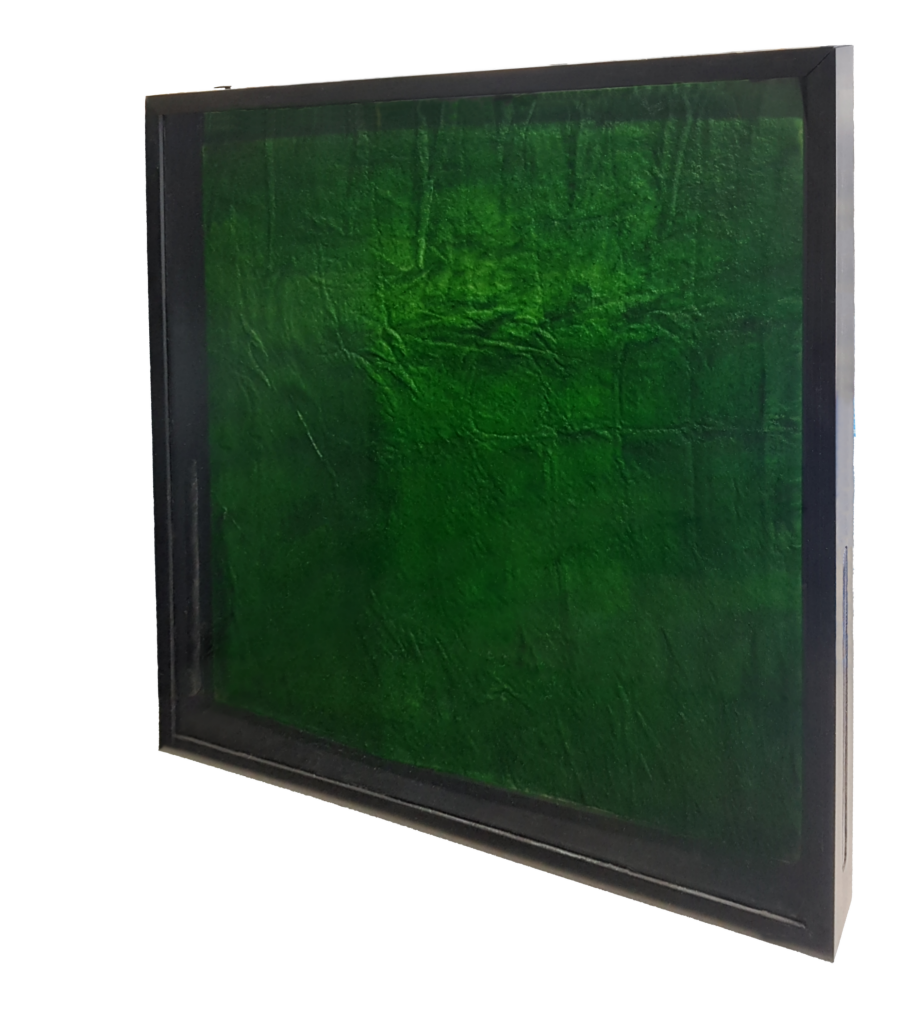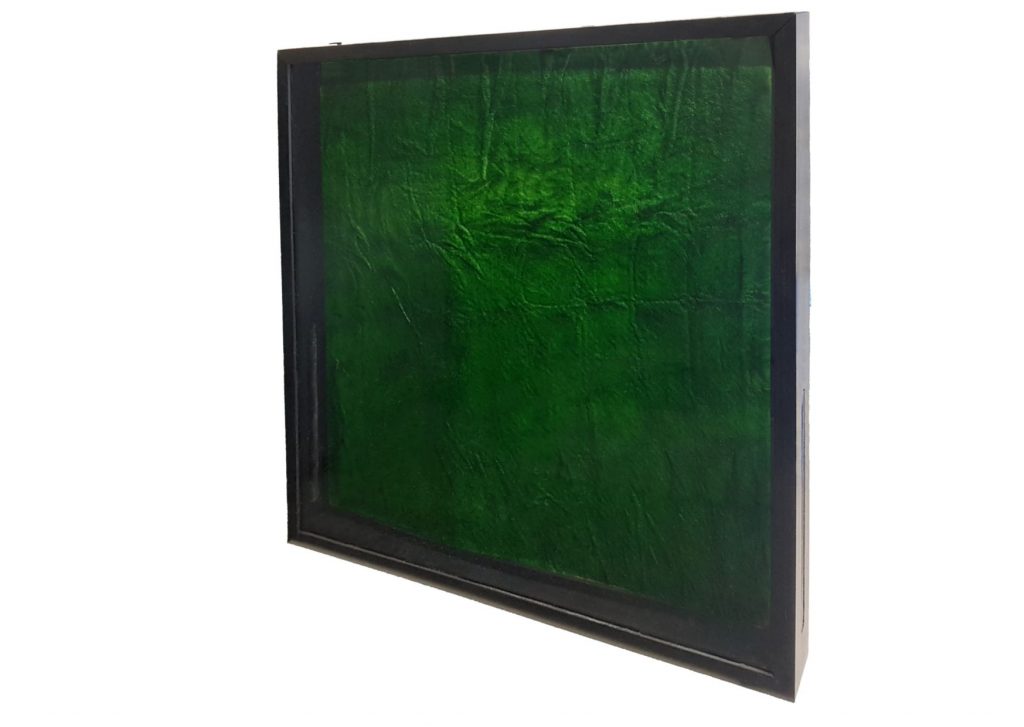
CO2 Ausgleich mit Algen
Alwe is an eco-efficient wall decoration. On the mounting rail Alwe - like a picture - simply hang it up.
Platzsparend und pflegeleicht bringt das Algenbild Leben an Ihre Wand. Das Herzstück von Alwe besteht aus einem lebenden Mikroalgen-Biofilm, welcher als air purifier actively absorbs air pollutants and simultaneously produces oxygen - a green eye-catcher for your interiors.
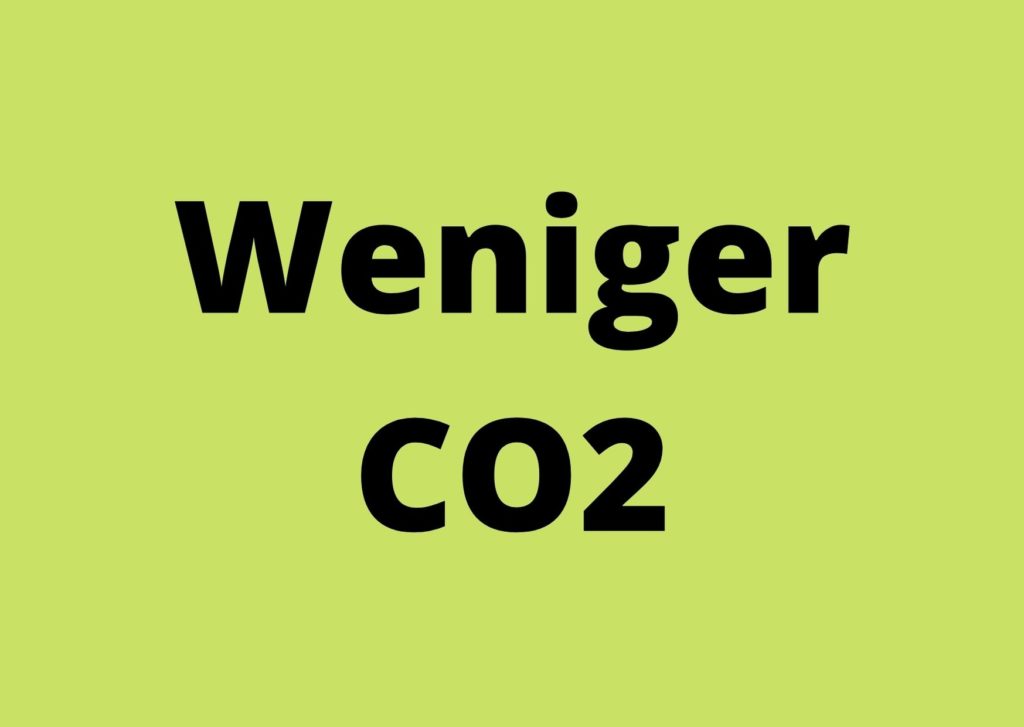

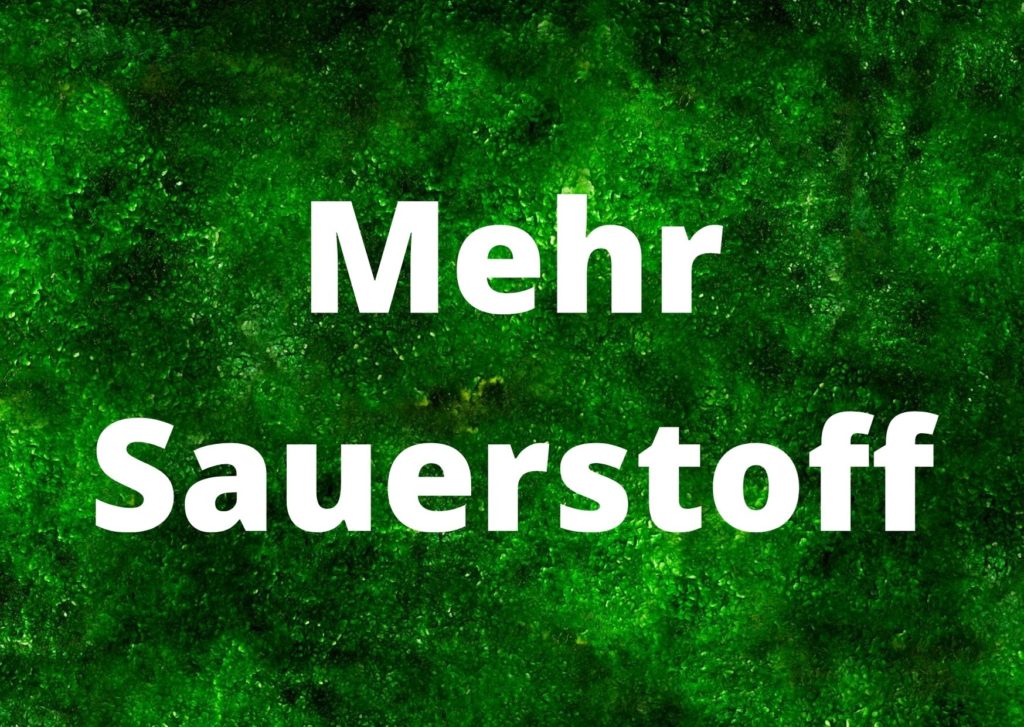



Luftreiniger für Innenräume

grünes Design

no electricity costs

easy-care
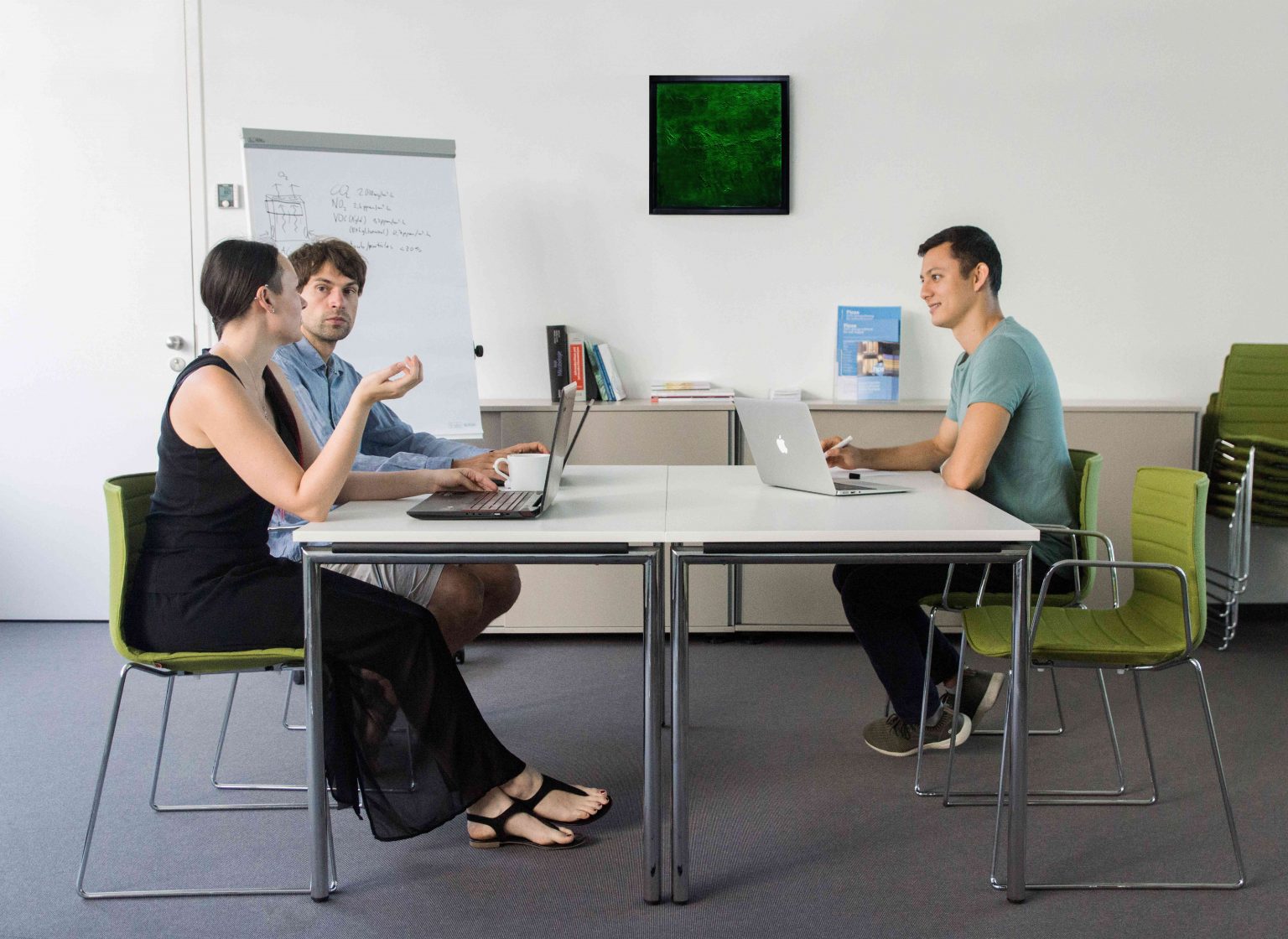
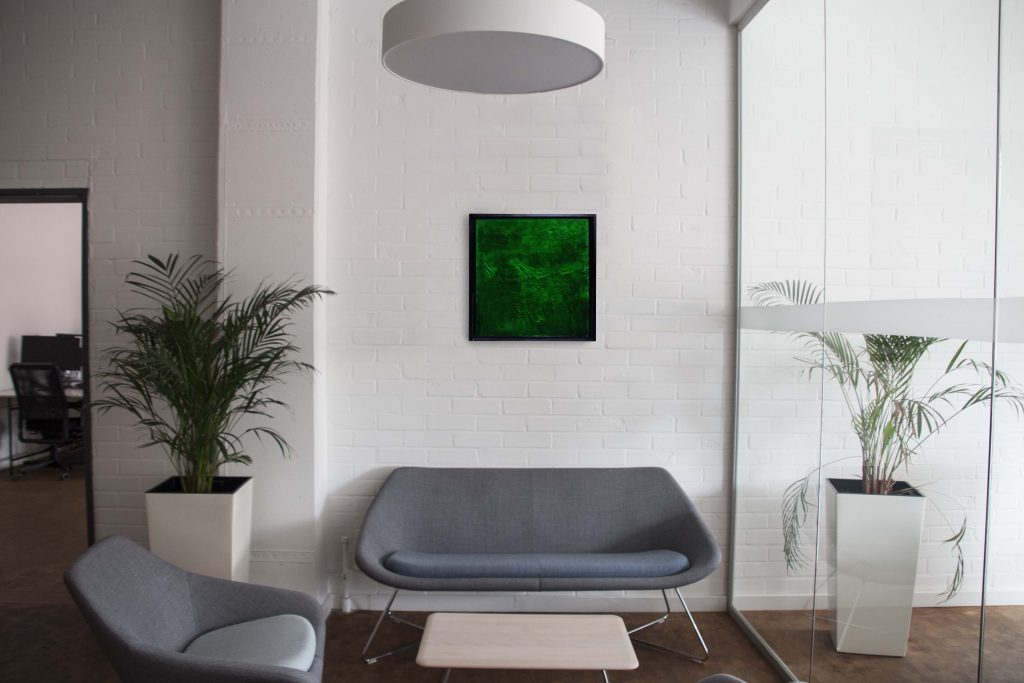
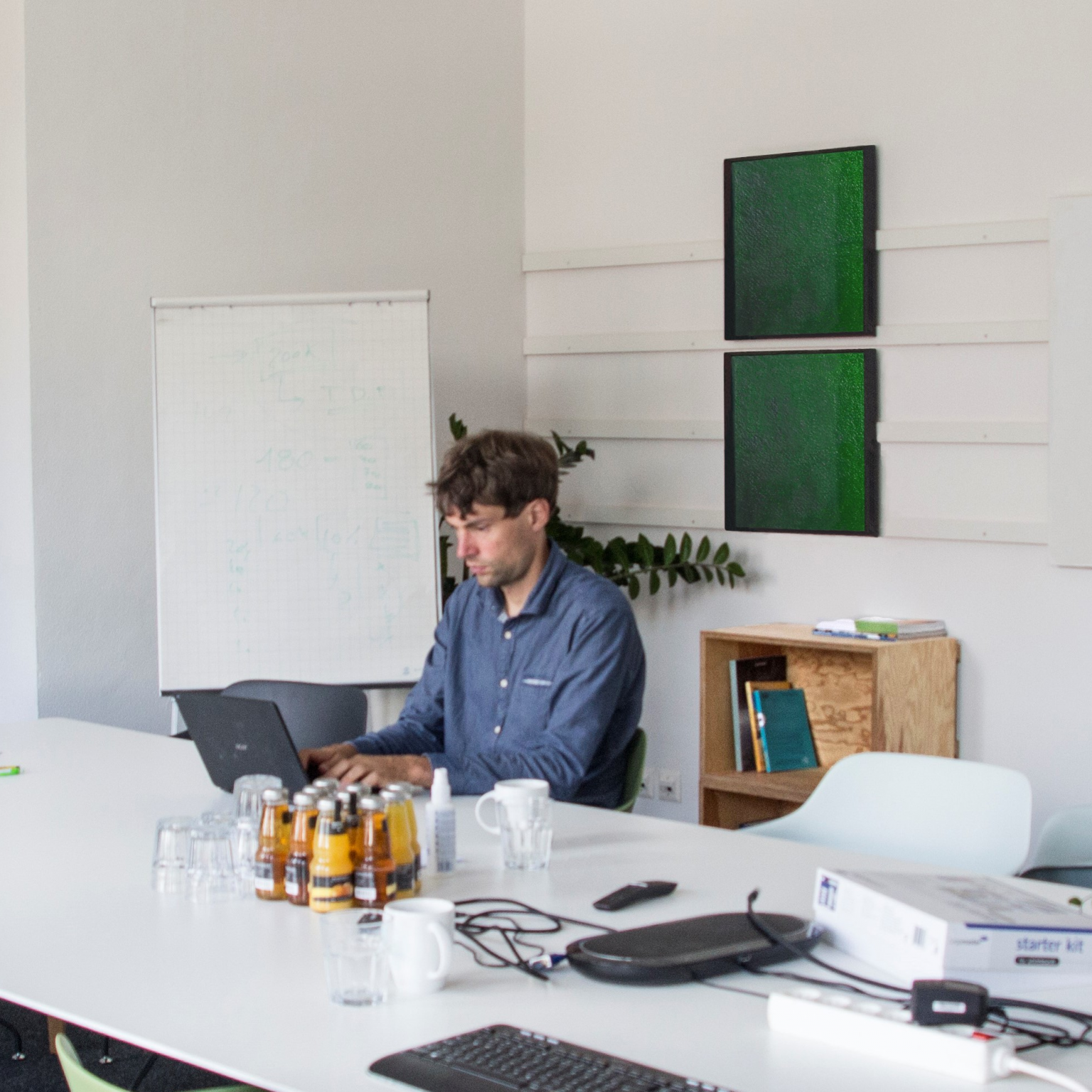
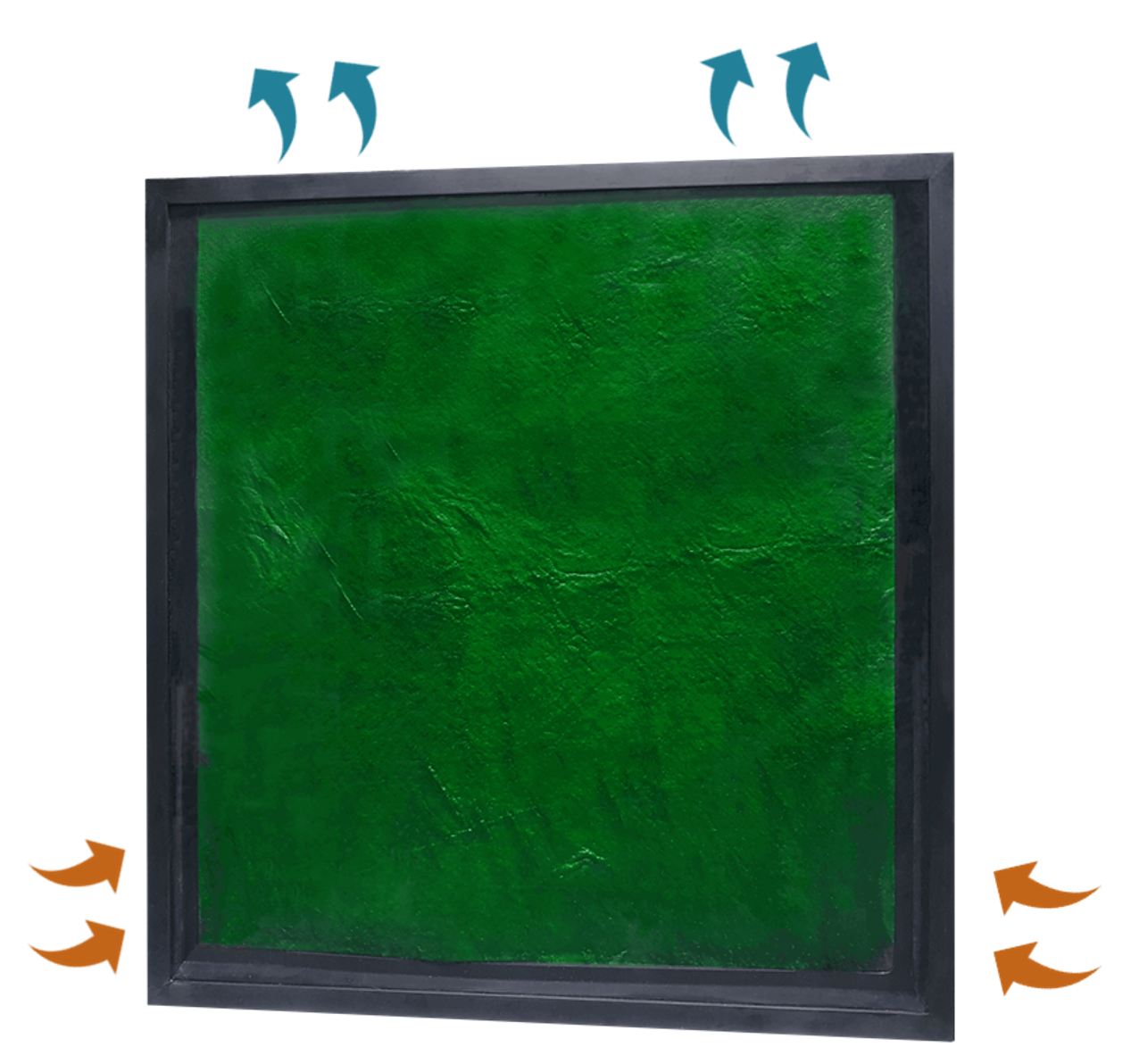
FAQ
What are microalgae?
Microalgae are unicellular microorganisms that belong to the class of phototrophic organisms, i.e. they carry out photosynthesis. This means that microalgae, just like plants, use light to bind carbon dioxide and release oxygen.
Why use algae?
Alwe - The algae image uses specially selected microalgae, which are found in nature especially under stones. As a result, these organisms are adapted to be active even under very difficult light conditions - such as those we find in our interiors - and to carry out effective photosynthesis, among other things. For this purpose they have developed extraordinary photosystems, which are clearly different from those of plants.
Microalgae have a more flexible metabolism than plants, for example, and can therefore break down a large number of pollutants.
Where does the name Alwe come from?
The name Alwe is composed of the purely descriptive term "algae wall" and the term "to awe". "Awe" means a feeling of wonder and admiration. The fusion of both terms gives rise to the neologism "Alwe", which is a symbol for our fascination with one of the oldest forms of life on this planet - microalgae.
What are Alwe's measurements?
The current dimensions of Alwe50 are 50x50x5cm. The weight is 1.2 kg when empty and about 1.5 kg when filled.
How does Alwe improve air quality?
We already know that the algal biofilms have a very effective CO2-Assimilation. All photosynthetic organisms have two different metabolic pathways:
On the one hand, there is photosynthesis, in which CO2 is bound by light energy and Oxygen is produced. On the other hand, there is cellular respiration, which, in darkness or low light, metabolises the glucose built up during photosynthesis as an energy carrier. This process is also called respiration and releases CO2 while consuming oxygen.
The light intensity where there is a balance between respiration and photosynthesis, i.e. exactly as much CO2 is bound as is released, is called the "light compensation point" in biology. However, due to the adapted photosystems of microalgae biofilms, this point is lower than in plants, so that even in weak light, CO2 fixation by photosynthesis still predominates. This makes microalgae biofilms more efficient than plants.
In investigations with the Federal Institute for Materials Research and Testing and the Technical University of Berlin, we have also discovered that microalgae biofilms can effectively bind air pollutants that are hazardous to health, such as nitrogen oxides and fine dust.
Initial tests at the Federal Institute for Materials Research and Testing also point to the reduction of volatile organic chemicals (VOCs) escaping from paints and building materials. Microalgae have a more flexible metabolism than plants, for example, and can therefore break down a large number of these pollutants.
Where do I hang my Alwe most effectively?
Microalgae need light for their metabolism. Our algae picture is therefore best suited for rooms that are at least partially exposed to the sun.
However, please avoid attaching Alwe to surfaces that are often exposed to direct sunlight. If there is too much sunlight, more water will evaporate and the microalgae may start to break down their photo systems. The result is the fading of the biofilm. Should this happen, do not panic: Just leave Alwe in a shady place for some time and the biofilm will regenerate.
How much maintanance does Alwe require?
When designing Alwe, it was particularly important to us to keep the handling simple and manageable. That's why there is a small water tank in each Alwe, which needs to be refilled approximately every two weeks.
Does the colour of Alwe change over time?
Yes, Alwe consists of living algae which adapt to the local light conditions. In shady areas the algae take on a deep green colour, as the micro-algae accumulate more pigments to absorb light more effectively. In semi-shade areas, the micro-algae need less pigments for successful photosynthesis and thus get a rather juicy and natural green colour.
In direct sunlight there is an overflow of energy in the algae. Under certain circumstances, this may cause the algae to actively break down their photo systems. The result is a colour change to light green or yellowish.
How long does a biofilm live?
Algae films have not yet been researched in the long term, as these materials are completely new. However, we have not been able to identify any time limits in our previous R&D projects. Some of our algae films are already 4 years old and still healthy and productive, which is even more important. As algae films are living materials, no general statement can be made about their lifetime, as this obviously depends on care and local conditions. As far as we know, however, our biofilms are very robust, making them suitable even for users with brown rather than green thumbs.
With the purchase an Alwe we guarantee a minimum service life of 6 months. If problems occur within this period, you can return your Alwe without any problems and have it replaced by us.
Even after this period of 6 months you can of course always have your Alwe checked by us or you can try out one of our new biofilms. Please feel free to contact our service team.
Why are microalgae more effective than plants?
In interiors, lighting in particular differs from natural light. Even with perceived bright interior lighting, the photosynthetically activating radiation is very low. This is because normal indoor lighting lacks the red and violet components of natural light that most plants need for photosynthesis. The microalgae biofilms we use, on the contrary, have special pigments that enable them to use light outside the red and violet spectrum for photosynthesis.
In addition, microalgae do not have roots or a stem and are therefore metabolically more effective compared to plants.
Can Alwe break and the microalgae spread?
In Alwe there is an artificial ecosystem that the microalgae need in order to survive. Outside of Alwe the microalgae cannot survive and will therefore not be able to spread. nicht ausbreiten oder Ähnliches.
Alwe is also thoroughly checked for leaks before delivery. When Dichtigkeit überprüft. Wir können entsprechend garantieren, dass beim Anbringen von Alwe is installed, there are no leaks that could promote the possible spread of algae.
The algae used in Alwe are natural and harmless. natürlich und ungefährlichThey are immobilised on a surface and can be easily collected and disposed of via normal household waste.
From the outside our algae picture is very similar to a living picture with a frame. This of course also means that Alwe can be broken if incorrectly attached.
Are the microalgae safe?
Our carefully cultivated microalgae belong to the so-called safety level 1, which describes organisms that are unlikely to have a negative effect on health. This means that they are not dangerous to animals, humans, plants or water and can be used without restrictions. Organisms from the food industry such as cultures of yoghurt or baker's yeast also belong to this safety class.
Our biofilms are produced under sterile conditions. Only when the biofilms have formed their characteristic protective skin layer are they released by us for usage in the algae image "Alwe".

